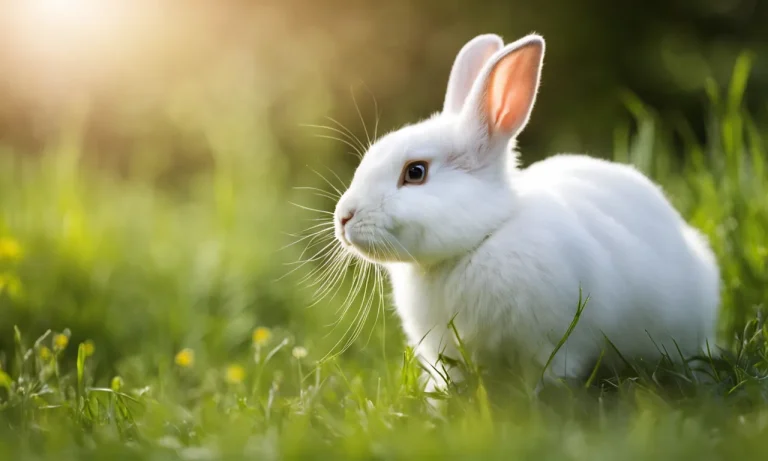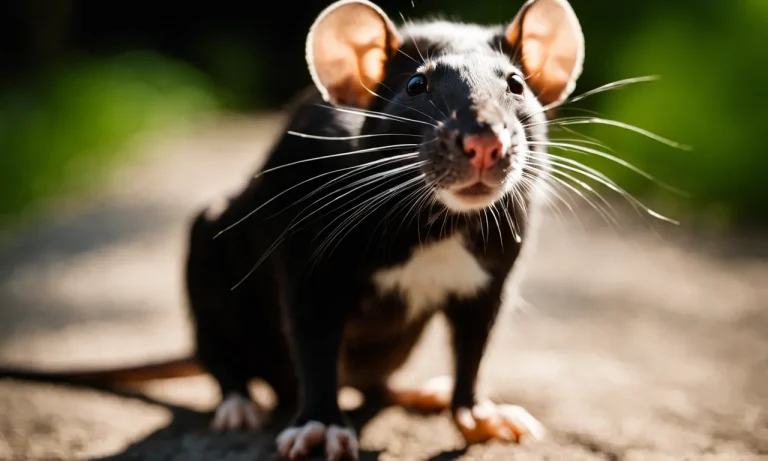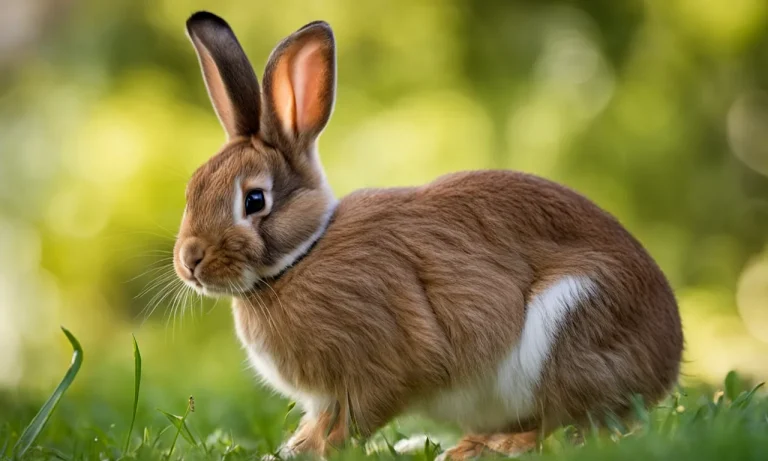Bunnies are adorable, fluffy pets that many families love to have around. If you’re considering getting a pet bunny, one important question you probably have is how many babies can a mother rabbit have? Understanding litter sizes and reproduction in rabbits is key to being prepared for your new pets.
If you’re short on time, here’s the quick answer: most mother rabbits have between 4-12 bunnies per litter with an average of 7. However, there are many factors like breed and environment that impact litter size.
In this comprehensive guide, we will cover everything you need to know about typical bunny litter sizes, factors that affect the number of babies, what to expect at birth, and how to care for a mother rabbit and her kits.
Average Litter Size for Rabbits
Rabbits are known for their ability to reproduce rapidly, and understanding the average litter size can be helpful for both rabbit owners and those interested in the species. The litter size can vary depending on several factors, including the breed and whether the rabbits are domestic or wild.
Domestic Breeds
Domestic rabbit breeds, such as the Holland Lop or the Netherland Dwarf, generally have smaller litters compared to their wild counterparts. On average, domestic rabbits produce litters ranging from 2 to 8 kits (baby rabbits).
However, it is not uncommon for some breeds to have litters as small as 1 or as large as 12. The size of the litter can also be influenced by the age and health of the doe (female rabbit).
According to the American Rabbit Breeders Association (ARBA), the average litter size for domestic rabbits is around 6 kits per litter.
Wild Rabbits
Wild rabbits, on the other hand, tend to have larger litters compared to domestic breeds. This is because wild rabbits face more threats and challenges in their environment, so having more offspring increases their chances of survival.
The average litter size for wild rabbits can range from 4 to 12 kits, with some species even having litters of up to 15 or more.
It’s important to note that not all kits in a litter may survive to adulthood, as factors such as predation and disease can affect their survival rates. Additionally, the breeding season for wild rabbits can vary depending on the species and geographical location.
For more information on rabbit breeding and care, you can visit the website of the House Rabbit Society at rabbit.org.
What Impacts Litter Size in Rabbits
Breed
The breed of a rabbit can significantly impact the size of its litter. Some breeds, such as the Flemish Giant, are known for having larger litters, while others, like the Netherland Dwarf, tend to have smaller ones. The genetic makeup of each breed plays a role in determining litter size.
However, it’s important to note that individual rabbits within a breed may still have variations in litter size.
Age of the Mother
The age of the mother rabbit also plays a crucial role in determining the size of the litter. Younger rabbits, typically less than a year old, tend to have smaller litters. As they mature and reach their prime reproductive age, their litter size increases.
However, as rabbits age, their fertility may decline, resulting in smaller litters again. It’s important to breed rabbits at the appropriate age to maximize litter size.
Nutrition and Health
The health and nutrition of the mother rabbit are essential factors in determining litter size. A well-balanced diet that includes a variety of fresh vegetables, hay, and pellets provides the necessary nutrients for optimal reproduction.
It’s also crucial to ensure that the rabbit is free from any underlying health conditions that could potentially affect its reproductive abilities. Regular veterinary check-ups and a proper diet can help maximize litter size.
Season and Environment
The season and environment in which the rabbits are bred can impact litter size as well. Rabbits tend to breed more during the spring and early summer months when there is an abundance of food and optimal weather conditions.
Additionally, providing a comfortable and stress-free environment for the rabbits can contribute to larger litter sizes. A calm and safe space allows the mother rabbit to focus solely on caring for her offspring.
Birth and Care of a Rabbit Litter
Gestation Period
Rabbits have a relatively short gestation period, which is the time between conception and birth. On average, the gestation period for rabbits is around 31 days, although it can vary slightly depending on the breed.
It’s important to note that rabbits are able to reproduce quickly and can have multiple litters throughout the year.
Preparing for Birth
Before the birth of the litter, it’s crucial to provide a comfortable and safe environment for the mother rabbit, also known as a doe. This includes ensuring that the nesting box is clean and filled with soft bedding materials such as hay or straw.
The doe will instinctively prepare the nest by pulling out her fur to create a warm and cozy space for her kits.
It’s important to keep an eye on the doe as her due date approaches. Signs that she is close to giving birth include restlessness, digging in the nesting box, and pulling fur from her body. It’s best to minimize disturbances during this time and provide the doe with a quiet and stress-free environment.
Caring for Kits
When the kits are born, they are completely dependent on their mother for nourishment and care. The doe will nurse her kits and keep them warm by regularly feeding them and snuggling with them in the nest.
It’s crucial not to interfere with the bonding process between the mother and her kits, as this can disrupt their development.
As the kits grow, they will start to explore outside the nest and nibble on solid food. It’s important to provide a balanced diet for both the mother and the kits, consisting of fresh hay, pellets, and a variety of fresh vegetables. Make sure to provide plenty of fresh water as well.
It’s also essential to monitor the health of the kits and the mother rabbit. If you notice any signs of illness or distress, it’s best to consult a veterinarian with experience in rabbit care. Regular check-ups and vaccinations are important to keep the entire litter healthy and prevent any potential diseases.
Conclusion
Raising a happy, healthy litter of bunnies requires an understanding of typical rabbit reproduction and the factors that impact litter size. While averages give a general idea of what to expect, be prepared for natural variability.
Provide plenty of care for the mother and kits, and enjoy the delightful experience of raising baby rabbits!
With the information in this guide, you can feel informed about the number of babies bunnies can have. Do plenty of research before breeding rabbits, and make sure you’re able to provide a safe, nurturing environment for both the mother and babies. The miracle of new life is a wonder to behold.






